Home>Articles>How To Choose The Right Wood For Your Built-In
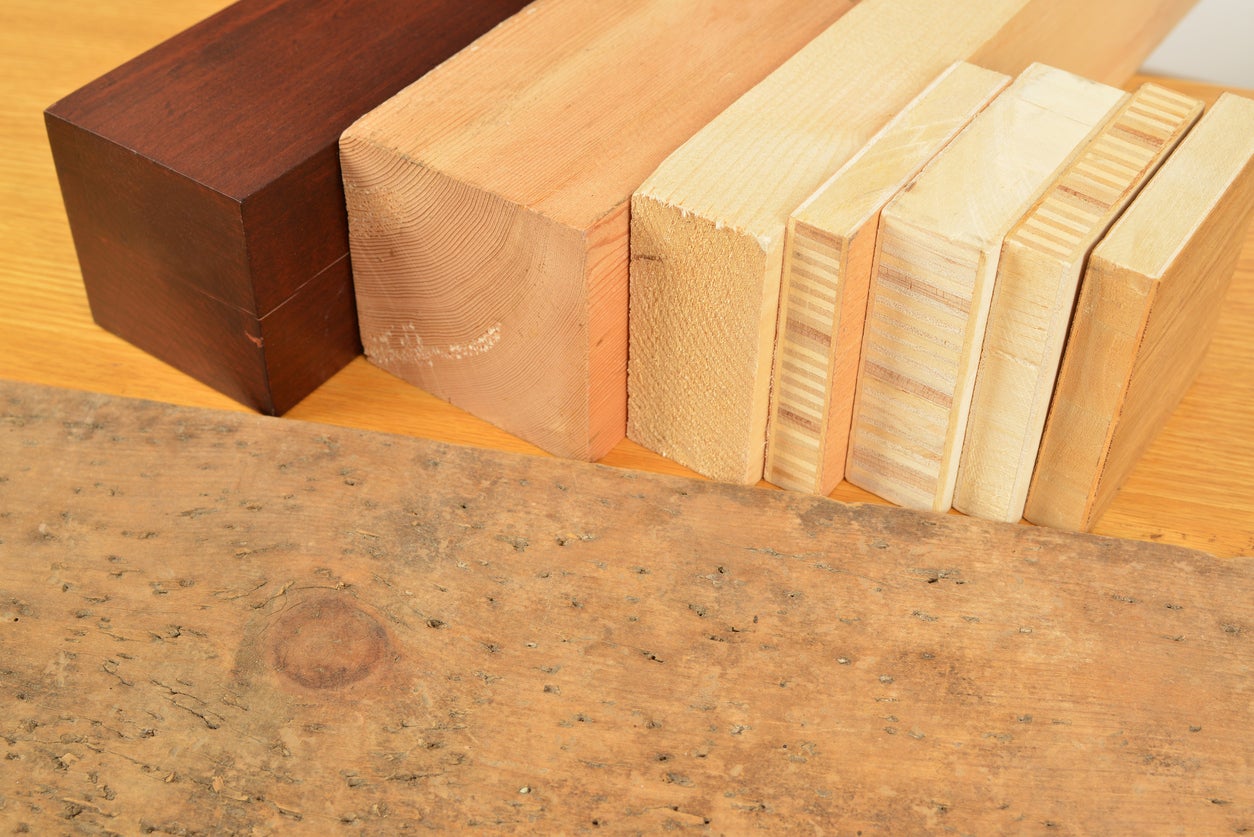

Articles
How To Choose The Right Wood For Your Built-In
Modified: May 6, 2024
Learn the best tips and tricks for selecting the ideal wood for your built-in projects. Discover which types of articles to consider for a sturdy and visually appealing finish.
(Many of the links in this article redirect to a specific reviewed product. Your purchase of these products through affiliate links helps to generate commission for Storables.com, at no extra cost. Learn more)
Introduction
When it comes to creating built-ins, choosing the right type of wood is crucial. Whether it’s for a new custom cabinet, bookshelf, or entertainment center, selecting the appropriate wood can greatly impact the final result in terms of aesthetics, durability, and maintenance. This comprehensive guide will help you navigate through the various wood options available and provide insights on how to make an informed decision.
Understanding the characteristics, strengths, and weaknesses of different types of wood is essential. Each wood species has its own unique grain patterns, color variations, and density levels, which can significantly affect the overall appearance and structural integrity of your built-ins.
When selecting wood for built-ins, it’s important to consider factors such as the intended use and location of the furniture, personal style preferences, budget constraints, and environmental impact. By thoroughly evaluating these elements, you can ensure that the chosen wood species will meet your requirements and stand the test of time.
In this article, we will explore the different types of wood commonly used for built-ins, discuss the considerations for choosing the right wood, examine the durability and maintenance of various wood options, delve into budget considerations, and touch on the environmental impact and sustainability of wood choices.
With the information provided, you will be equipped with the knowledge needed to make an educated decision when selecting the perfect wood for your built-ins. So, let’s dive in and explore the world of wood!
Key Takeaways:
- Choose hardwoods like oak or maple for durable built-ins, while softwoods like pine or cedar are suitable for more decorative or sparingly used furniture. Consider style, maintenance, and sustainability when selecting the right wood.
- Consider budget, durability, and environmental impact when choosing wood for built-ins. Opt for sustainably sourced wood, explore alternative materials, and prioritize longevity to create beautiful, functional furniture while minimizing environmental impact.
Understanding Different Types of Wood
Wood can be classified into two main categories: hardwood and softwood. Hardwood comes from deciduous trees, such as oak, maple, and cherry, while softwood comes from coniferous trees, such as pine, cedar, and spruce.
Hardwood is known for its dense and durable nature, making it a popular choice for built-ins that require strength and longevity. It offers a wide range of grain patterns and colors, allowing for customization and creating a unique look. Softwood, on the other hand, is generally more affordable and easier to work with due to its softer composition.
Within these two broad categories, there are numerous wood species to choose from, each with its own characteristics. Here are some popular wood options for built-ins:
- Oak: Known for its durability and appealing grain patterns, oak is a versatile wood that can complement both traditional and contemporary styles.
- Maple: With its light color and smooth grain, maple is a popular choice for modern and minimalist designs.
- Cherry: Cherry wood offers a rich, reddish-brown hue that deepens over time, creating a warm and elegant ambiance.
- Pine: Pine is a softwood known for its affordability and ease of customization, making it a popular choice for rustic or farmhouse-style built-ins.
- Cedar: Cedar is revered for its distinct aroma and natural resistance to moisture, making it suitable for built-ins in humid environments, such as bathrooms or outdoor spaces.
Each wood species has its own unique aesthetic appeal and characteristics. It’s important to take into account factors such as the existing décor, desired style, and personal preferences when selecting the wood that best suits your built-ins.
Furthermore, it’s essential to consider the availability and sourcing of the chosen wood species. Some woods may be more readily available in certain regions, while others may be imported or have limited availability. Local sourcing promotes sustainability and reduces the carbon footprint associated with transportation.
Understanding the different types of wood available and their respective attributes is crucial in making an informed decision when choosing the right wood for your built-ins. By considering factors such as durability, appearance, and sourcing, you can select the wood species that best aligns with your preferences and project requirements.
Considerations for Choosing the Right Wood
Choosing the right wood for your built-ins requires careful consideration of various factors. To ensure that you make the best decision, here are some key considerations to keep in mind:
1. Intended Use
Think about how your built-ins will be used. Will they primarily serve a decorative purpose, or will they need to withstand heavy daily use? If durability is a priority, opt for hardwoods like oak or maple, known for their strength and resistance to wear and tear. If the built-ins will be more decorative or used sparingly, you may have more flexibility in the types of wood you choose.
2. Style and Aesthetics
Consider the overall style and aesthetics you want to achieve with your built-ins. Different wood species can lend themselves better to certain design styles. For example, if you’re aiming for a rustic look, woods like pine or cedar with visible knots and natural imperfections can add character. On the other hand, if you prefer a sleek and contemporary style, a smooth and light-colored wood such as maple might be more appropriate.
3. Grain Pattern and Color
The grain pattern and color of the wood can play a significant role in the appearance of your built-ins. Some species, like oak or mahogany, have prominent grain patterns that add texture and depth to the furniture. Others, like maple or ash, have a more subtle grain that provides a sleek and uniform look. Consider how the grain pattern and color will align with your desired aesthetic and existing décor.
4. Budget Constraints
Your budget will also impact the wood species you can choose for your built-ins. Some exotic or rare woods can be quite costly, while others, like pine or birch, tend to be more affordable. Keep in mind that more expensive wood doesn’t necessarily mean better quality, so weigh the cost against the other considerations to find the right balance.
5. Maintenance Requirements
Consider the level of maintenance you are willing to undertake to keep your built-ins looking their best. Some woods, like cherry or walnut, may require regular polishing or conditioning to maintain their luster. Others, such as oak or maple, are more forgiving and require less upkeep. Factor in your lifestyle and the amount of time and effort you can dedicate to maintenance when selecting the wood species.
By carefully considering these factors, you can ensure that the wood you choose for your built-ins aligns with your project requirements, style preferences, and budget limitations. Remember, the right wood selection will not only enhance the overall appearance of your built-ins but also contribute to their longevity and functionality in your space.
Popular Wood Options for Built-Ins
When it comes to built-ins, there are several popular wood options to consider. Each wood species offers its own unique characteristics and aesthetic appeal. Here are some of the top choices for built-ins:
1. Oak
Oak is a timeless and versatile wood that is commonly used for built-ins. It is known for its durability, strength, and distinct grain patterns. Oak can be found in various colors, including red oak with its warm tones and white oak with a more neutral appearance. The natural beauty of oak complements both traditional and contemporary designs, making it a popular choice for a wide range of built-in furniture.
2. Maple
Maple is a popular choice for modern and minimalist built-ins due to its light color and smooth grain pattern. It is a dense and durable hardwood that can withstand everyday use. Maple has a clean and uniform appearance, with minimal variation in grain, making it suitable for a sleek and streamlined look. It can be left unfinished to showcase its natural beauty or stained in various shades to match different design schemes.
3. Cherry
Cherry wood offers a touch of elegance and sophistication to built-ins. It has a rich, reddish-brown color that deepens over time, adding warmth and character to any space. Cherry wood is known for its fine and straight grain, which contributes to its visual appeal. It is a hardwood that is relatively easy to work with, making it a popular choice for custom-built furniture like cabinets and bookshelves.
4. Walnut
Walnut is a luxurious and highly sought-after wood often used for high-end built-ins. It has a dark brown color and a striking grain pattern that adds visual interest to furniture. Walnut is known for its stability and durability, making it suitable for long-lasting built-ins. The rich and warm tones of walnut can create a sophisticated and elegant look in any space.
5. Pine
Pine is a softwood that is commonly used for more rustic and casual built-ins. It is known for its affordability, versatility, and ease of customization. Pine has a natural light color with visible knots and distinctive grain patterns, adding charm and character to furniture. While pine may be less durable than hardwoods, it can still be a great option for built-ins that are not subjected to heavy daily use.
These are just a few of the popular wood options for built-ins. Other notable choices include birch, ash, mahogany, and cedar, each with its own unique characteristics and suitability for different design styles. Consider your design preferences, budget, and functional needs to choose the wood species that best aligns with your vision for your built-ins.
Assessing Durability and Maintenance
When selecting wood for your built-ins, it’s important to assess the durability and maintenance requirements of different wood species. These factors will determine how well the furniture will withstand daily use and how much effort you’ll need to put into its upkeep. Here are some considerations regarding durability and maintenance:
Durability
Durability refers to how well the wood can withstand wear, impact, and other forms of damage. Hardwood species such as oak, maple, and walnut are generally more durable compared to softwood species like pine or cedar. Hardwoods are denser, less prone to scratches and dents, and better able to withstand heavy use. However, this doesn’t mean that softwoods are inherently weak; they are still suitable for certain applications and can provide a unique aesthetic appeal. When considering durability, it’s essential to consider the intended use of the built-ins and choose a wood species that can handle the demands of that specific application.
Maintenance
Maintenance requirements vary depending on the type of wood used. Some wood species, like cherry and walnut, may require regular polishing or oiling to maintain their natural luster. Others, like oak or maple, are more forgiving and require minimal maintenance. Consider how much time and effort you are willing to dedicate to the upkeep of your built-ins. If you prefer low-maintenance options, opt for woods that are naturally more resistant to scratches and stains. Additionally, some wood species may be more susceptible to warping or splitting when exposed to fluctuating moisture levels, so it’s important to consider the humidity and climate of your home.
Finishes and Protective Coatings
The choice of finish or protective coating can also impact the durability and maintenance of your built-ins. Finishes such as varnish, lacquer, or polyurethane provide an extra layer of protection against moisture, stains, and scratches. These finishes can help prolong the lifespan of the wood and make it easier to clean and maintain. However, it’s important to note that even with durable finishes, regular cleaning and gentle care are still necessary to preserve the beauty and condition of the wood.
Proper Cleaning and Care
To ensure the longevity of your built-ins, it’s important to follow proper cleaning and care guidelines. Avoid using harsh chemicals or abrasive cleaners that can damage the wood. Instead, use a soft cloth or microfiber cloth to dust regularly and wipe away spills or stains promptly. It’s also recommended to use coasters, trivets, and protective pads under objects to prevent scratches or heat damage. By adopting these simple practices, you can maintain the durability and appearance of your built-ins for years to come.
Professional Maintenance
In some cases, professional maintenance may be required to address specific issues like deep scratches or refinishing worn-out surfaces. Hiring a professional furniture restorer can help revitalize the wood and restore its beauty if it experiences significant damage over time.
By considering the durability and maintenance needs of different wood species and taking the necessary precautions, you can ensure that your built-ins will not only look stunning but also stand the test of time with minimal effort.
Budget Considerations
When planning your built-ins, it’s important to consider your budget and how it will impact your choice of wood. The cost of wood can vary greatly depending on the species, availability, and quality. Here are some key factors to keep in mind when considering budget:
Wood Species
Different wood species come with different price tags. Exotic woods or those with unique characteristics, like mahogany or teak, tend to be more expensive. On the other hand, more readily available woods like pine or birch are generally more affordable. It’s important to weigh the cost of the wood species against your project requirements and aesthetic preferences.
Grade of Wood
The grade of wood you choose will also impact the cost. There are typically multiple grades available for a given wood species, ranging from clear or select grade (highest quality, few imperfections) to lower grades that may have more knots, color variations, or other imperfections. Selecting a lower grade wood can help reduce costs without compromising structural integrity, especially if the imperfections can be strategically positioned or incorporated into the design.
Size and Complexity of the Project
The size and complexity of your built-ins will affect the quantity of wood required and the labor involved. Larger projects or those with intricate designs may require more wood and additional time for fabrication. This can impact the overall cost of the project, as well as the cost of the wood needed.
Sourcing and Availability
The availability of specific wood species can also affect their cost. Some woods may be more readily available in certain regions, while others may need to be imported, which can increase the price. Local sourcing can help reduce costs by minimizing transportation fees. Additionally, considering sustainable and locally sourced woods can align with your budget and environmental values.
Alternative Materials
If your budget is limited, there are alternative materials that can mimic the appearance of wood at a lower cost. Engineered woods, such as plywood or MDF (medium-density fiberboard), can be cost-effective options while still providing durability and stability. These materials can be covered with veneers to achieve the desired wood-like aesthetic.
It’s important to establish a budget for your built-ins and factor in the cost of the wood, as well as other associated expenses like hardware, finishes, and professional labor if needed. By considering these budget considerations, you can make informed choices about the type of wood that best fits within your financial constraints, allowing you to create beautiful built-ins without overspending.
Environmental Impact and Sustainability
As awareness of environmental issues grows, it’s important to consider the impact of your wood choice on the environment. Responsible sourcing and sustainable practices help to ensure the longevity of forests and reduce the carbon footprint associated with wood production. Here are some key factors to consider regarding the environmental impact and sustainability of your wood choice:
Sustainable Forestry Practices
Look for wood that is sourced from sustainably managed forests. Sustainable forestry practices involve harvesting trees in a responsible manner, balancing the removal of trees with the regeneration of new ones. This ensures the long-term health and viability of the forest ecosystem and minimizes environmental impact.
Certifications
Wood certifications, such as the Forest Stewardship Council (FSC) certification, provide assurance that the wood comes from sustainably managed forests. These certifications ensure that the forests are managed with social, economic, and environmental considerations in mind. Choosing wood with recognized certifications can help support responsible forestry practices.
Local and Regional Sourcing
Opting for wood sourced locally or regionally helps reduce the carbon footprint associated with transportation. By choosing wood from nearby sources, you can support local economies and minimize the environmental impact of long-distance shipping.
Reclaimed or Recycled Wood
Consider using reclaimed or recycled wood for your built-ins. Reclaimed wood is salvaged from old structures like barns or factories and given a new life in furniture. Using reclaimed wood not only adds character and unique history to your built-ins but also helps reduce the demand for virgin timber.
Engineered Wood Alternatives
Engineered wood products, such as plywood or MDF (medium-density fiberboard), can be a more sustainable option. These materials are often made from wood fibers or recycled wood, reducing the need for large solid wood pieces. Engineered wood can be used alongside sustainably sourced solid wood to minimize waste.
Consider Longevity and Durability
Choosing durable wood species that will last for many years can be more environmentally friendly. Wood that withstands the test of time reduces the need for frequent replacements, saving both resources and energy. Additionally, selecting wood that requires minimal maintenance or refinishing can help minimize the use of chemicals and waste in the long run.
By considering the environmental impact and sustainability of your wood choice, you can contribute to the preservation of forests and reduce the carbon footprint associated with wood production. Informed decisions regarding responsible sourcing, certifications, local options, and reclaimed or engineered wood alternatives help to create built-ins that are not only visually appealing but also environmentally conscious.
Conclusion
Choosing the right wood for your built-ins is an important decision that can greatly impact the overall aesthetic, durability, and environmental sustainability of your project. Understanding the different types of wood, considering factors such as intended use, style preferences, and budget constraints, and assessing the durability and maintenance requirements of the wood species are all key considerations in making an informed decision.
Popular wood options like oak, maple, cherry, walnut, and pine offer different characteristics and aesthetics suitable for various design styles and purposes. It’s important to select a wood species that aligns with the desired look and feel of your built-ins while considering factors such as durability, maintenance, and environmental impact.
Durability is essential, especially if your built-ins will experience heavy use. Hardwood species like oak, maple, and walnut offer exceptional strength and resilience. Softwoods like pine and cedar can still be appropriate for certain applications, provided they won’t be subjected to excessive wear and tear.
Maintenance requirements vary depending on the wood species, finish, and protective coatings applied. Some woods will require regular upkeep, such as polishing or conditioning, while others may be more forgiving and low-maintenance. It’s crucial to consider your lifestyle and the time you are willing to invest in maintaining the appearance and longevity of your built-ins.
Additionally, budget considerations play a significant role in determining the type of wood you can choose for your project. Different wood species come with varying price tags, and the size and complexity of the project can also impact costs. It’s worth exploring alternative materials like plywood or MDF if you have budget constraints without compromising on aesthetics or functionality.
Lastly, keeping the environmental impact and sustainability in mind when selecting wood is essential. Opting for sustainably sourced wood, certifications like FSC, local or regional sourcing, reclaimed or recycled wood, and considering the longevity of the wood all contribute to responsible choices that promote forest health and reduce environmental harm.
In conclusion, by carefully considering these factors, you can choose the right wood for your built-ins that not only aligns with your design vision and budget but also meets your durability requirements and supports sustainability efforts. This allows you to create beautiful and functional built-ins that will enhance your space for years to come, all while minimizing your impact on the environment.
Excited to enhance your skills and tackle more projects? Check out our latest article on woodworking, packed with fresh ideas and top picks for 2024. Whether you're a seasoned crafter or just starting, these insights are perfect for anyone keen to improve their craftsmanship. Also, don't miss our engaging discussion on why DIY projects are becoming increasingly popular. Discover the joy and satisfaction that come from creating something unique with your own hands. Both articles promise to be insightful and full of useful tips!
Frequently Asked Questions about How To Choose The Right Wood For Your Built-In
Was this page helpful?
At Storables.com, we guarantee accurate and reliable information. Our content, validated by Expert Board Contributors, is crafted following stringent Editorial Policies. We're committed to providing you with well-researched, expert-backed insights for all your informational needs.
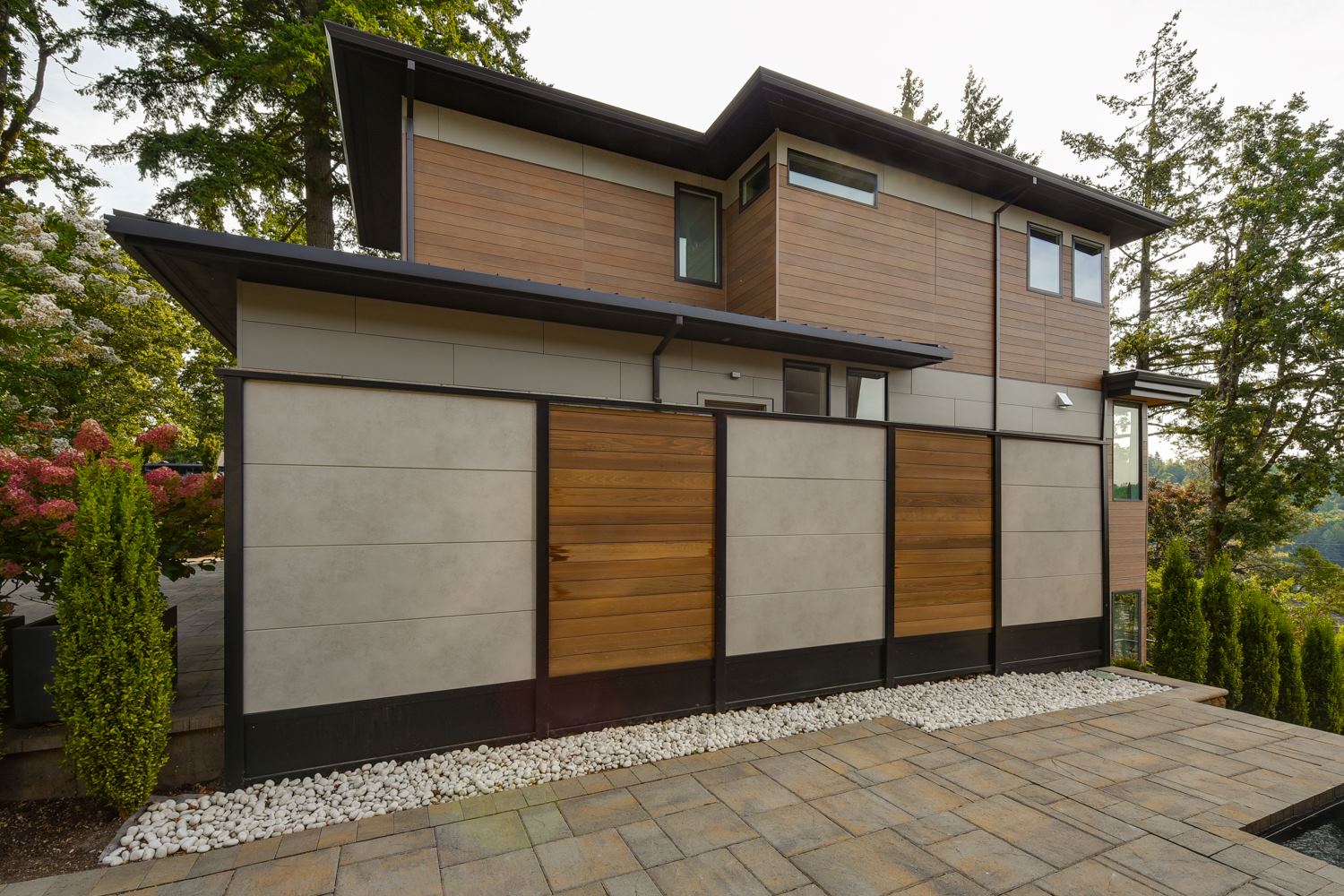

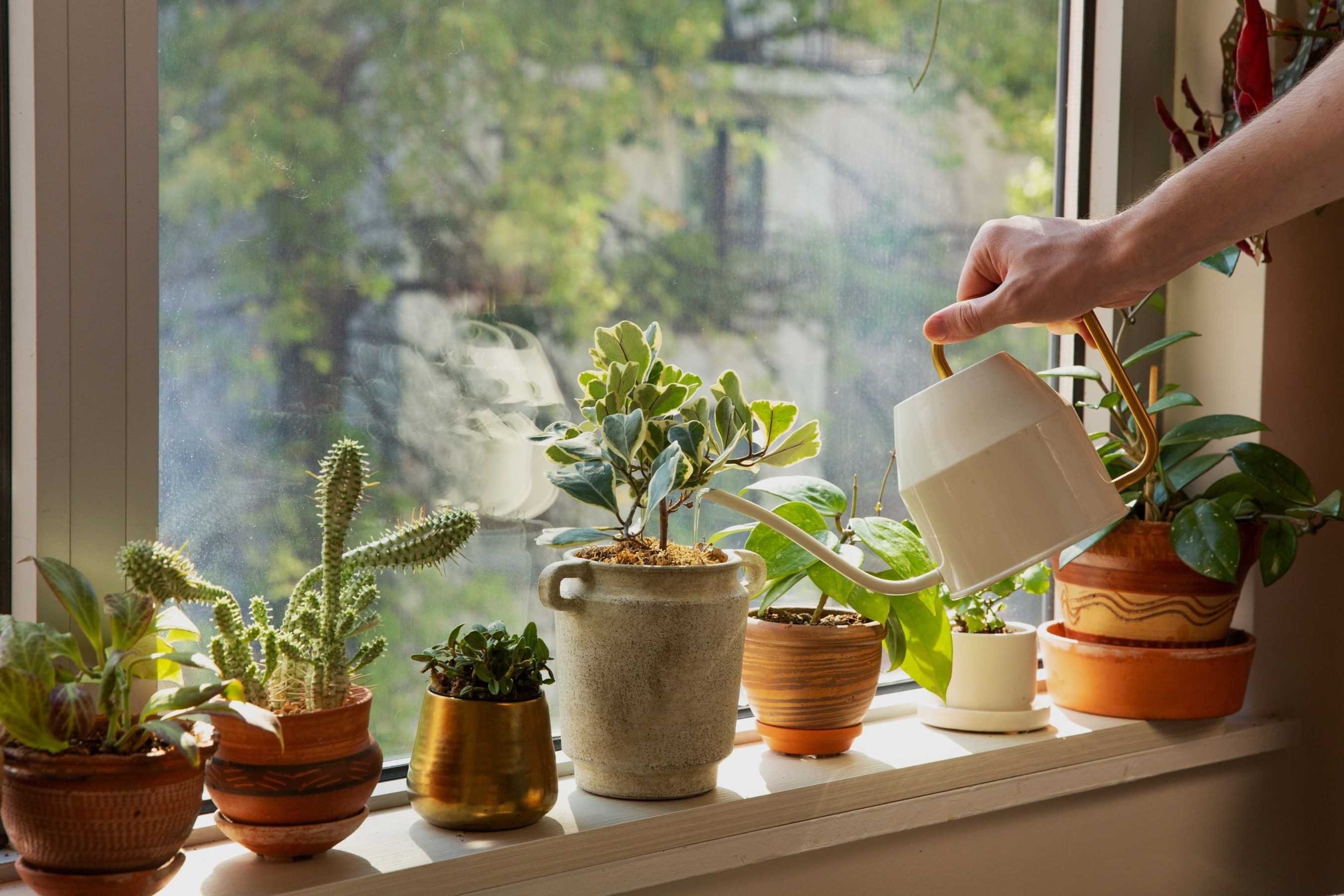

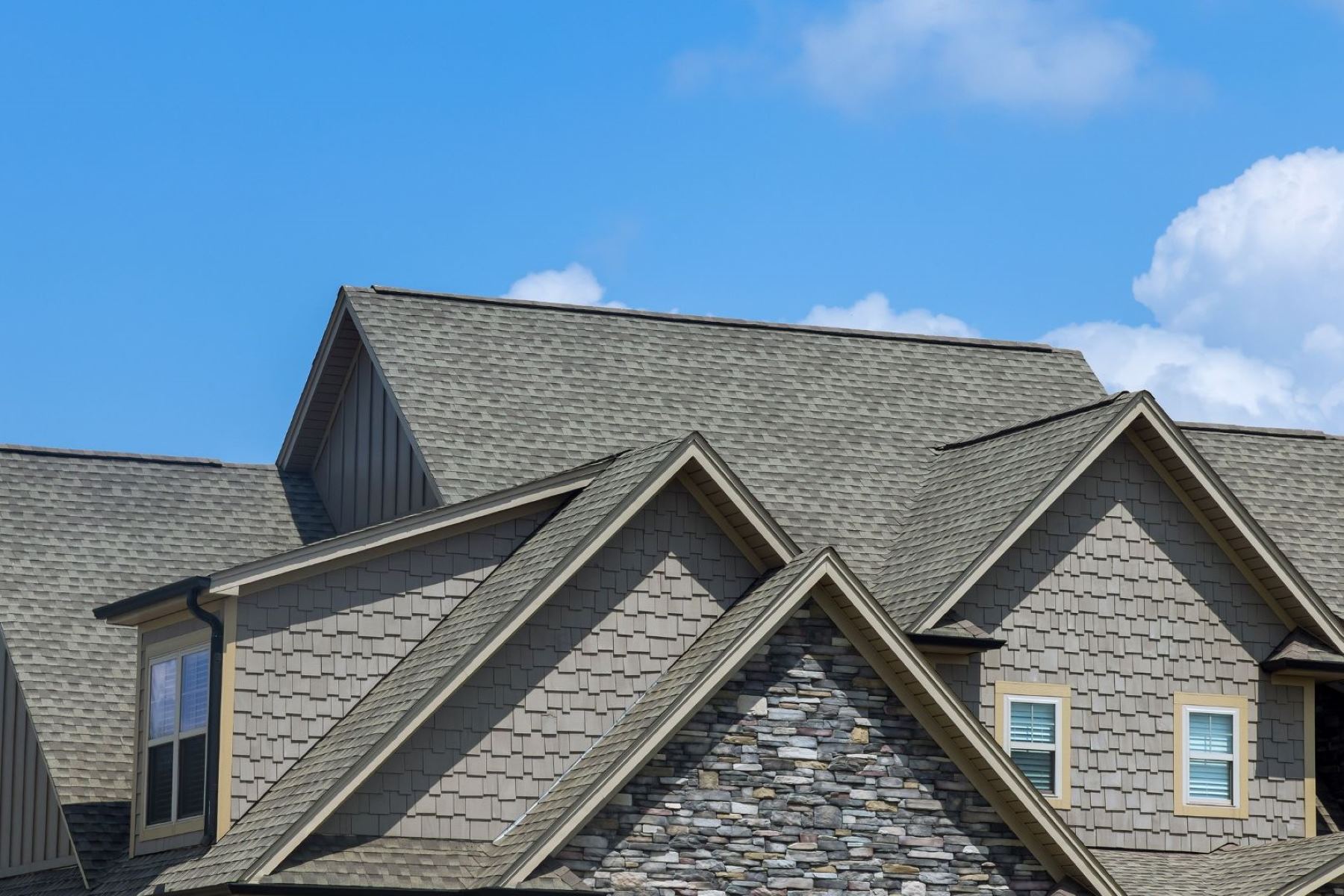
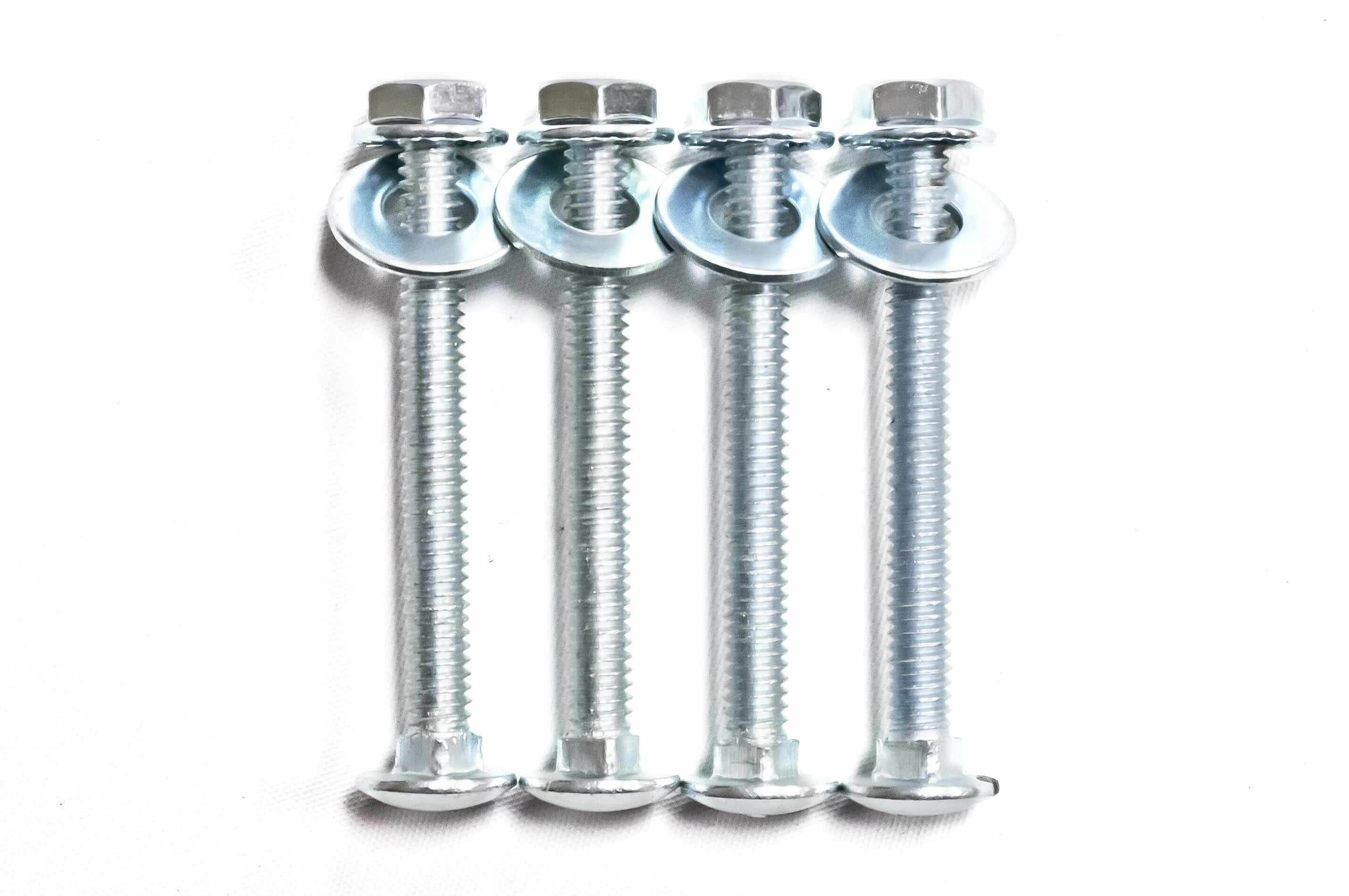
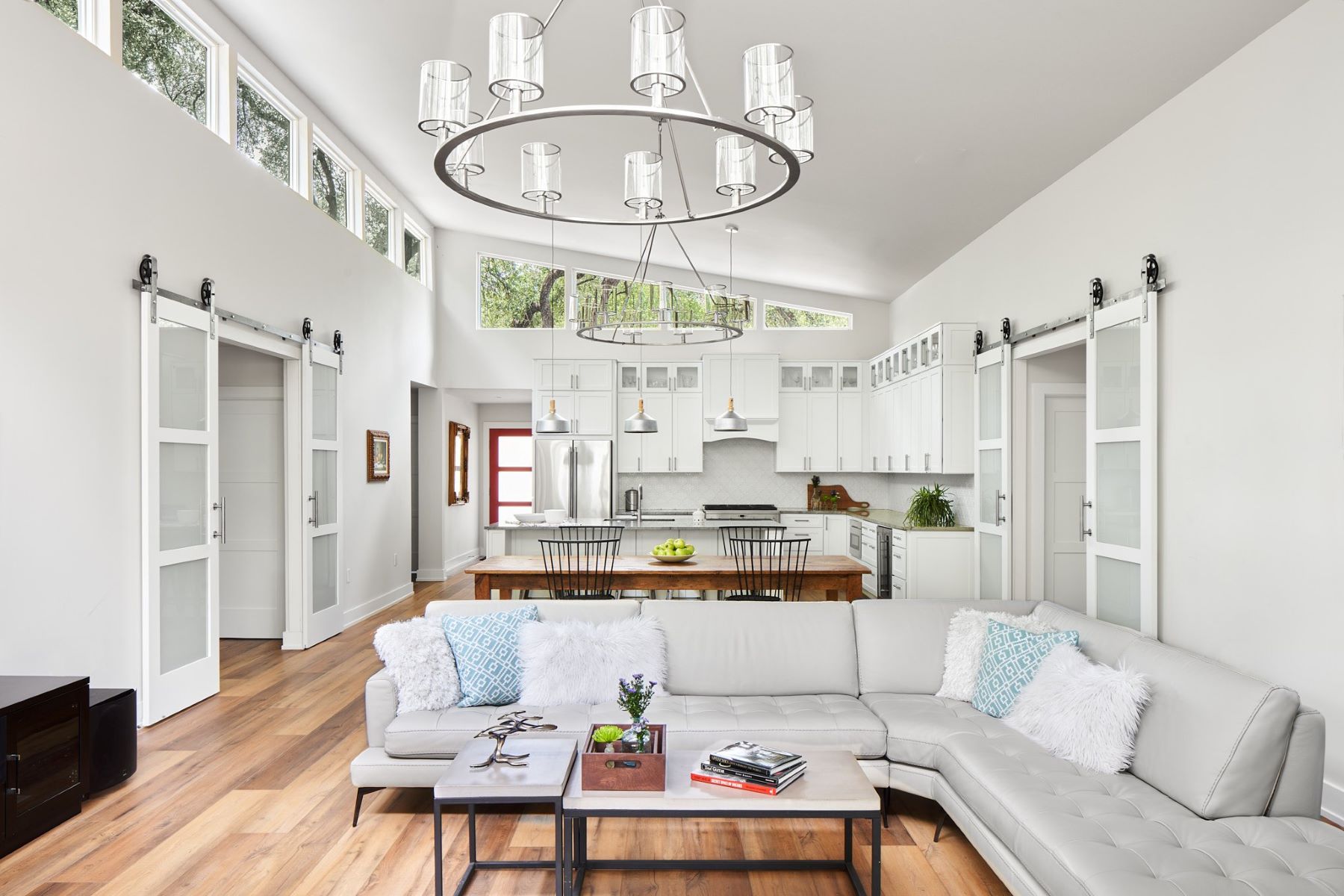

0 thoughts on “How To Choose The Right Wood For Your Built-In”